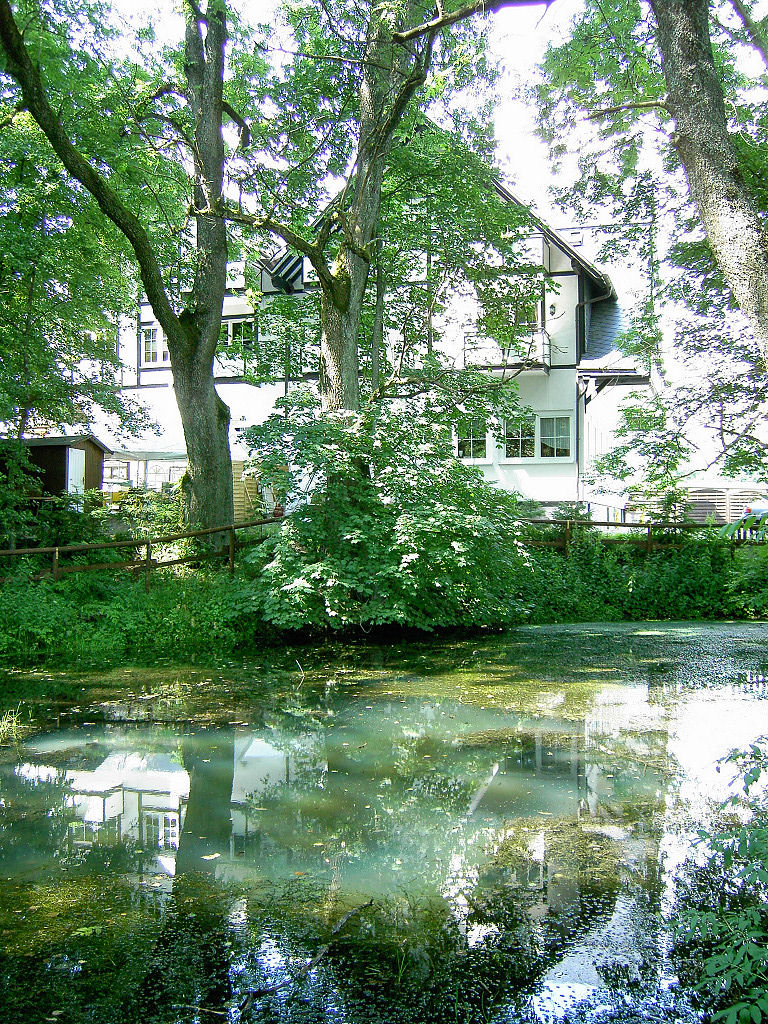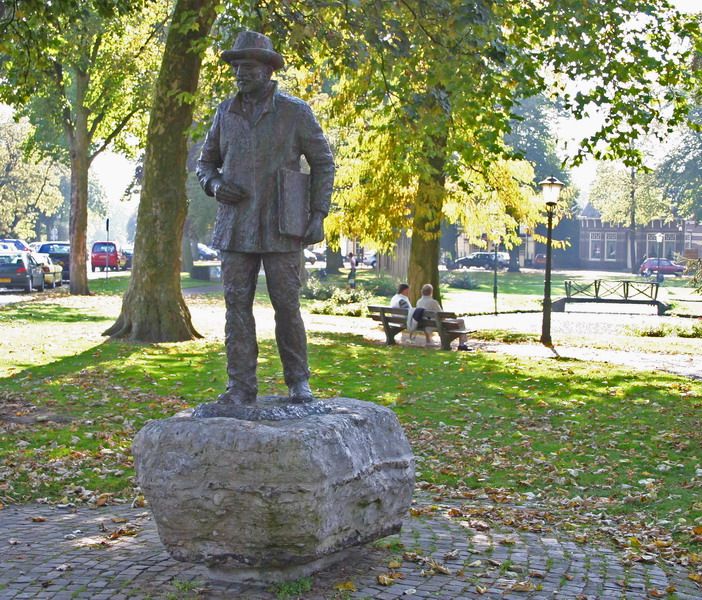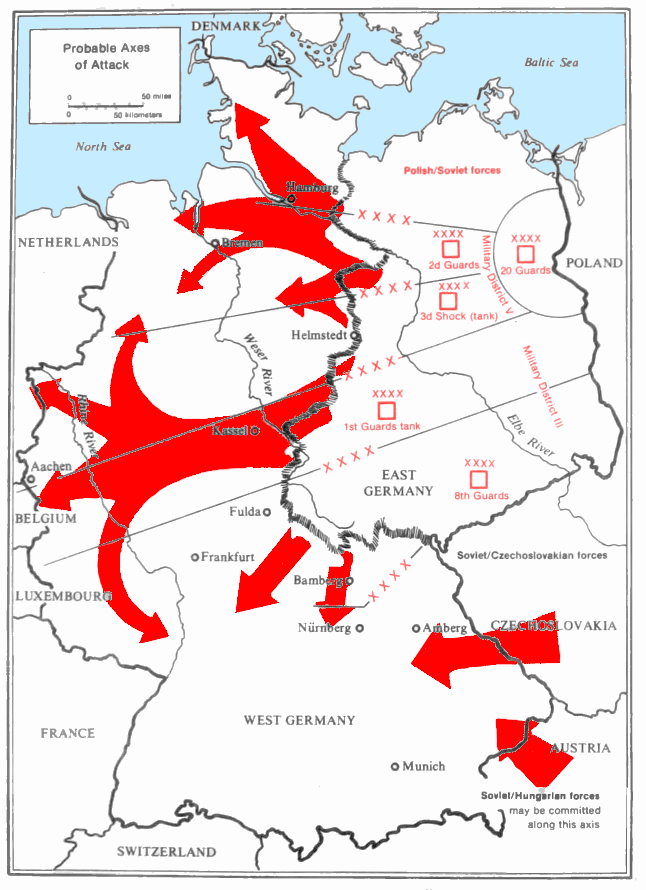|
Orange Route
The Orange Route (, ) is a holiday route, that runs from Amsterdam in the Netherlands through North and Central Germany and returns to Amsterdam. It is 2,400 kilometres long and crosses the Netherlands and nine of German federated states. The Orange Route runs through towns and regions that linked the House of Orange-Nassau for centuries. at www.oranjeroute.nl. Accessed on 23 Jul 2011. 
States The Orange Route runs from the Netherlands initially through the states of , |
Holiday Route
A scenic route, tourist road, tourist drive, scenic byway, or holiday road is a specially designated road or waterway that travels through an area of natural or cultural beauty. It often passes by Scenic viewpoint, scenic viewpoints. The designation is usually determined by a governmental body, such as a Department of Transportation or a Ministry of Transport. Tourist highway A tourist highway, tourist route, or holiday route is a road that is marketing, marketed as being particularly suited for tourists. Tourist highways may be formed when existing roads are promoted with traffic signs and advertising material. Some tourist highways such as the Blue Ridge Parkway are built especially for tourism purposes. Others may be roadways enjoyed by local citizens in areas of unique or exceptional natural beauty, such as the Lake District. Still others, such as the Lincoln Highway in Illinois are former main roads, only designated as "scenic" after most traffic bypasses them (termed scenic ... [...More Info...] [...Related Items...] OR: [Wikipedia] [Google] [Baidu] |
Landscape
A landscape is the visible features of an area of land, its landforms, and how they integrate with natural or human-made features, often considered in terms of their aesthetic appeal.''New Oxford American Dictionary''. A landscape includes the physical elements of geophysically defined landforms such as mountains, hills, water bodies such as rivers, lakes, ponds and the sea, living elements of land cover including indigenous vegetation, human elements including different forms of land use, buildings, and structures, and transitory elements such as lighting and weather conditions. Combining both their physical origins and the cultural overlay of human presence, often created over millennia, landscapes reflect a living synthesis of people and place that is vital to local and national identity. The character of a landscape helps define the self-image of the people who inhabit it and a sense of place that differentiates one region from other regions. It is the dynamic ... [...More Info...] [...Related Items...] OR: [Wikipedia] [Google] [Baidu] |
Westerwald
The Westerwald (; literally 'Western forest') is a low mountain range on the right bank of the river Rhine in the States of Germany, German federal states of Rhineland-Palatinate, Hesse and North Rhine-Westphalia. It is a part of the Rhenish Massif ( or Rhenish Slate Mountains). Its highest elevation, at 657 m above sea level, is the Fuchskaute in the High Westerwald. Tourist attractions include the (394 metres), site of some Celts, Celtic ruins from La Tène culture, La Tène times (5th to 1st century BC), found in the Dornburg, Hesse, community of the same name, and Limburg an der Lahn, a town with a Middle Ages, mediaeval centre. The Geology, geologically old, heavily Erosion, eroded range of the Westerwald is in its northern parts overlaid by a Volcano, volcanic upland made of Neogene basalt layers. It covers an area of some , and therefore roughly , making the Westerwald one of Germany's biggest mountain ranges by area. In areas of subsidence, it has in its flatter w ... [...More Info...] [...Related Items...] OR: [Wikipedia] [Google] [Baidu] |
Rheinhessen
Rhenish Hesse or Rhine HesseDickinson, Robert E (1964). ''Germany: A regional and economic geography'' (2nd ed.). London: Methuen, p. 542. . (, ) is a region and a former government district () in the States of Germany, German state of Rhineland-Palatinate. It is made up of territories west of the Upper Rhine river that were part of the Grand Duchy of Hesse and its successor in the Weimar Republic, the People's State of Hesse from 1816 to 1945. The hilly countryside is largely devoted to vineyards, comprising the Rheinhessen (wine region), Rheinhessen wine region. Geography Rhine Hesse stretches from the Upper Rhine Plain on the west bank of the Rhine up to the Nahe (Rhine), Nahe and Alsenz (river), Alsenz rivers in the west and down to the mouth of the Isenach in the south. The region borders on the Rhineland in the northwest, on the Palatinate (region), Palatinate in the southwest, and on South Hesse beyond the Rhine. The Rhenish-Hessian Hills along the Selz river, also calle ... [...More Info...] [...Related Items...] OR: [Wikipedia] [Google] [Baidu] |
Lahn
The Lahn () is a , right (or eastern) tributary of the Rhine in Germany. Its course passes through the States of Germany, federal states of North Rhine-Westphalia (23.0 km), Hesse (165.6 km), and Rhineland-Palatinate (57.0 km). It has its source in the Rothaar Mountains, Rothaargebirge, the highest part of the Sauerland, in North Rhine-Westphalia. The Lahn meets the Rhine at Lahnstein, near Koblenz. Important cities along the Lahn include Marburg, Gießen, Wetzlar, Limburg an der Lahn, Weilburg and Bad Ems. Tributaries to the Lahn include the Ohm (river), Ohm, Dill (river), Dill, the Weil (river), Weil and the Aar (Lahn), Aar. The lower Lahn has many dams with Lock (water transport), locks, allowing regular shipping from its mouth (river), mouth up to Runkel. Riverboats also operate on a small section north of the dam in Gießen. Source area The Lahn is a -long, right (or eastern) tributary of the Rhine in Germany. Its course passes through the States of German ... [...More Info...] [...Related Items...] OR: [Wikipedia] [Google] [Baidu] |
Middle Rhine
Middle Rhine (, ; kilometres 529 to 660 of the Rhine) is the section of the Rhine between Bingen and Bonn in Germany. It flows through the Rhine Gorge (), a formation created by erosion, which happened at about the same rate as an uplift in the region, leaving the river at about its original level, and the surrounding lands raised. This gorge is quite deep, about from the top of the rocks down to the average water-line. The Middle Rhine is one of four sections of the Rhine between Lake Constance and the North Sea (the others being the High Rhine, Upper Rhine and Lower Rhine). The upper half of the Middle Rhine (Rhine Gorge) from Bingen (Rhine-kilometer 526) to Koblenz (Rhine-kilometer 593) is a UNESCO World Heritage Site, a striking cultural landscape with more than 40 castles and fortresses from the Middle Ages, unique terraced vineyards, and many wine villages. The lower half, from Koblenz (Rhine-kilometer 593) to Bonn (Rhine-kilometer 655), is famous for the formerly ... [...More Info...] [...Related Items...] OR: [Wikipedia] [Google] [Baidu] |
Siegerland
The Siegerland is a region of Germany covering the old district of Siegen (now part of the district of Siegen-Wittgenstein in North Rhine-Westphalia) and the upper part of the district of Altenkirchen, belonging to the Rhineland-Palatinate adjoining it to the west. Geologically, the Siegerland belongs to the Rhenish Massif (Rheinisches Schiefergebirge, ''Rhenish Slate Mountains''). The point of highest elevation is the ''Riemen'', at 678 metres above sea level. The river Sieg, a right tributary of the river Rhine, has its source in the town of Netphen in the Rothaar Mountains. The region around the city of Siegen is centered in the middle of Germany. It includes the municipalities of Hilchenbach, Netphen, Kreuztal, Freudenberg and Siegen, and the communities of Wilnsdorf, Burbach and Neunkirchen, all in North Rhine-Westphalia, and in the Rhineland-Palatinate the municipalities of Kirchen Kirchen (Sieg) is a town and Luftkurort (climatic spa) in the district of Altenkirch ... [...More Info...] [...Related Items...] OR: [Wikipedia] [Google] [Baidu] |
Lower Rhine (region)
The Lower Rhine region or Niederrhein () is a region around the Lower Rhine section of the river Rhine in North Rhine-Westphalia, Germany, between approximately Oberhausen and Krefeld in the East and the Dutch border around Kleve in the West. As the region can be defined either geographically, linguistically, culturally, or by political, economic and traffic relations throughout the centuries, as well as by more recent political subdivisions, its precise borders are disputable and occasionally may be seen as extending beyond the Dutch border. A cultural bond of the German Lower Rhine region is its Low Franconian language, specifically the Kleverlandish dialect (German: , Dutch: ), which includes the Dutch dialects just across the border. In the region's southeastern portion Bergish is spoken. Other typicalities of the area include the predominantly Catholic background as well as the Rhenish Carnival tradition. The area basically covers the districts of Kleve, Wesel, Vierse ... [...More Info...] [...Related Items...] OR: [Wikipedia] [Google] [Baidu] |
Betuwe
Betuwe (), also known in English as Batavia ( ), is a historical and geographical region in the Netherlands, forming large fertile islands in the Rhine–Meuse–Scheldt delta, river delta formed by the waters of the Rhine (Dutch: ''Rijn'') and Meuse (Dutch: ''Maas'') rivers. During the Roman Empire, it was an important frontier region and source of imperial soldiers. Its name is possibly pre-Roman. Administratively, the modern version, Betuwe, is a part of the modern province of Gelderland and although the rivers and provinces have changed over history it is roughly the same. Today it has the Waal (river), Waal river on the south and the Lek (river), Lek and Nederrijn in the north (all rivers which start in the delta itself and are branches of the Rhine or Maas). Historically, the former municipality of Rijnwaarden belonged to Betuwe, now in Zevenaar, which was cut off by the building of the Pannerdens Kanaal. A major freight railroad, the Betuweroute, passes through the Betuwe ... [...More Info...] [...Related Items...] OR: [Wikipedia] [Google] [Baidu] |
North Brabant
North Brabant ( ; ), also unofficially called Brabant, Dutch Brabant or Hollandic Brabant, is a province in the south of the Netherlands. It borders the provinces of South Holland and Gelderland to the north, Limburg to the east, Zeeland to the west, and the Flemish provinces of Antwerp and Limburg to the south. The northern border follows the Meuse westward to its mouth in the Hollands Diep strait, part of the Rhine–Meuse–Scheldt delta. North Brabant had a population of about 2,626,000 as of January 2023. Major cities in North Brabant are Eindhoven (pop. 231,642), Tilburg (pop. 217,259), Breda (pop. 183,873), its provincial capital 's-Hertogenbosch (pop. 154,205), and Helmond (pop. 94,967) History The Duchy of Brabant was a state of the Holy Roman Empire established in 1183 or 1190. It developed from the Landgraviate of Brabant and formed the heart of the historic Low Countries, part of the Burgundian Netherlands from 1430 and of the Habsburg Netherlands f ... [...More Info...] [...Related Items...] OR: [Wikipedia] [Google] [Baidu] |
North Sea
The North Sea lies between Great Britain, Denmark, Norway, Germany, the Netherlands, Belgium, and France. A sea on the European continental shelf, it connects to the Atlantic Ocean through the English Channel in the south and the Norwegian Sea in the north. It is more than long and wide, covering . It hosts key north European shipping lanes and is a major fishery. The coast is a popular destination for recreation and tourism in bordering countries, and a rich source of energy resources, including wind energy, wind and wave power. The North Sea has featured prominently in geopolitical and military affairs, particularly in Northern Europe, from the Middle Ages to the modern era. It was also important globally through the power northern Europeans projected worldwide during much of the Middle Ages and into the modern era. The North Sea was the centre of the Viking Age, Vikings' rise. The Hanseatic League, the Dutch Golden Age, Dutch Republic, and Kingdom of Great Britain, Brita ... [...More Info...] [...Related Items...] OR: [Wikipedia] [Google] [Baidu] |
North German Plain
The North German Plain or Northern Lowland () is one of the major geographical regions of Germany. It is the German part of the North European Plain. The region is bounded by the coasts of the North Sea and the Baltic Sea to the north, Germany's Central Uplands (''die Mittelgebirge'') to the south, by the Netherlands to the west and Poland to the east. In the west, the southern boundary of the North German Plain is formed by the Lower Saxon Hills: specifically the ridge of the Teutoburg Forest, the Wiehen Hills, the Weser Hills and the Lower Saxon Börde, which partly separate it from that area of the Plain known as the Westphalian Lowland. Elements of the Rhenish Massif also act a part of the southern boundary of the plain: the Eifel, Bergisches Land and the Sauerland. In the east the North German Plain spreads out beyond the Harz Mountains and Kyffhäuser further to the south as far as the Central Saxon hill country and the foothills of the Ore Mountains. Landscape, soil ... [...More Info...] [...Related Items...] OR: [Wikipedia] [Google] [Baidu] |








